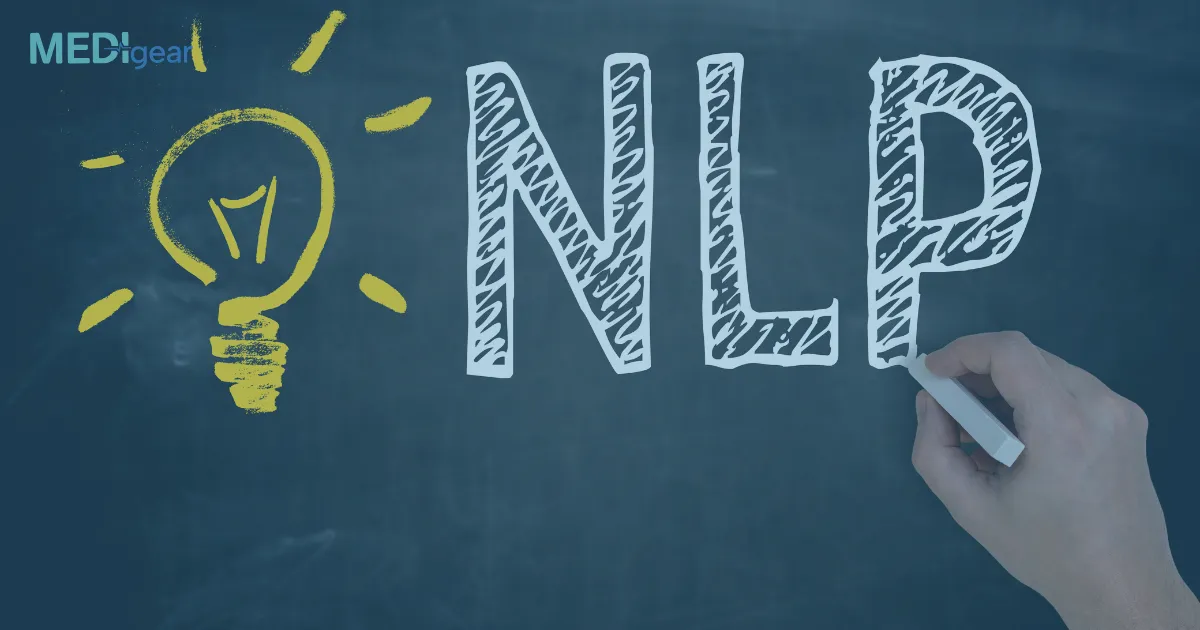Radiology reports contain a wealth of clinical information—imaging interpretations, diagnostic impressions, and follow-up recommendations. Yet, these reports are often written in unstructured narrative form, making it difficult to analyze them at scale.
This is where Natural Language Processing (NLP), a branch of artificial intelligence, transforms the landscape of medical imaging and data analytics.
Understanding NLP in Radiology
Natural Language Processing (NLP) enables computers to understand, interpret, and extract meaning from human language.
In radiology, NLP algorithms are applied to textual reports to:
- Identify key findings
- Detect clinical terms and patterns
- Convert narrative data into structured, searchable information
By bridging the gap between human language and machine-readable data, NLP empowers healthcare systems to unlock actionable insights hidden in radiology narratives.
How NLP Algorithms Work
The process of NLP-driven analysis in radiology involves several key stages:
1. Text Preprocessing
The raw radiology report undergoes tokenization (breaking text into words or phrases), normalization, and stop-word removal.
This step ensures the algorithm focuses on clinically relevant terms like “mass,” “lesion,” “no fracture,” etc.
2. Medical Term Recognition
Using specialized medical vocabularies such as SNOMED CT, RadLex, or UMLS, NLP models identify and categorize clinical concepts like:
- Anatomical sites (e.g., lung, liver)
- Findings (e.g., nodule, edema, fracture)
- Disease states (e.g., pneumonia, malignancy)
3. Context and Negation Detection
A critical challenge in radiology language is context — for example, “no evidence of fracture” means absence of pathology.
NLP models trained with clinical negation algorithms (e.g., NegEx) can accurately detect such phrases to prevent misclassification.
4. Classification and Structured Output
The processed information is then categorized into predefined fields, such as:
- Imaging modality (CT, MRI, X-ray)
- Body region
- Findings (normal/abnormal)
- Impression summary
This structured data can be stored in electronic health records (EHRs) or analyzed for research and quality monitoring.
Applications of NLP in Radiology
1. Automated Data Extraction
NLP allows automated extraction of diagnoses, anatomical findings, and follow-up recommendations from thousands of reports — reducing manual effort and human error.
2. Clinical Decision Support
By identifying critical findings or follow-up alerts, NLP systems can flag high-priority cases for review, improving workflow efficiency and patient safety.
3. Research and Epidemiology
Aggregated NLP-processed data help researchers identify patterns in disease prevalence, imaging utilization, and treatment outcomes across populations.
4. Quality and Compliance Monitoring
Hospitals use NLP analytics to assess report completeness, turnaround time, and adherence to reporting standards.
5. Predictive Analytics
Combined with AI imaging models, NLP outputs enhance predictive tools for risk stratification — such as identifying patients likely to need follow-up imaging or biopsy.
Benefits of NLP in Radiology
- Time Efficiency: Automates data entry and report analysis.
- Consistency: Reduces variability in clinical documentation.
- Scalability: Handles large volumes of imaging data seamlessly.
- Insight Generation: Enables real-time analytics and AI integration.
Challenges and Limitations
Despite its promise, NLP in radiology faces several challenges:
- Ambiguity in medical language and shorthand
- Variations in reporting style across radiologists
- Need for continuous algorithm retraining to adapt to new terms
- Privacy and data security considerations when processing patient text data
However, with deep learning and transformer-based models (like BERT and BioBERT), NLP performance in radiology continues to improve dramatically.
Future Outlook
The integration of NLP with computer vision, EHR analytics, and machine learning-based diagnostics will lead to an era of “AI-powered radiology ecosystems.”
These systems won’t just interpret images — they’ll combine imaging data with narrative insights to support comprehensive, data-driven clinical decisions.
Conclusion
NLP algorithms are revolutionizing radiology by converting free-text reports into structured, analyzable data.
From enhancing workflow efficiency to supporting clinical research, NLP bridges the gap between language and data — bringing radiology closer to the forefront of intelligent healthcare.
Disclaimer:
This blog is intended for informational and educational purposes only. It does not constitute medical or professional advice. Always consult qualified medical data scientists or clinicians when implementing AI systems in healthcare.






